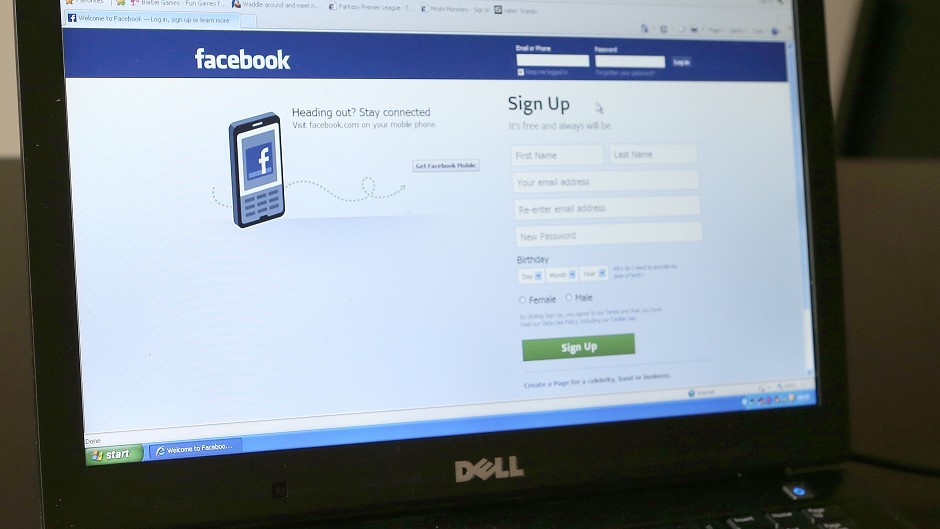Farmers need to become part of the ‘Facebook generation’ and be prepared to share details of their businesses if they want to drive improvements in their businesses.
Nick Tapp of investment firm Craigmore Farming, said benchmarking and sharing information would help farmers innovate and become more commercially astute, whilst helping them have reduce their environmental impact.
Speaking at the OFC Arable Conference at the Cereals Event about how ‘big data’ could change agriculture, Mr Tapp said data-collecting technologies would make the industry more transparent, giving farmers a better understanding of how they operate and perform.
But to truly benefit, farmers had to learn to make use of the information they gathered and be prepared to talk about it – something which would require a change in mindset.
“The Facebook generation is used to sharing details of their lives, so it will easier for them, but older farmers should consider it too,” he said.
“What’s the problem with sharing a little bit of financial information and learning from that?
Mr Tapp said benchmarking would become an increasingly valuable tool as new machinery with in-built data collection tools made it easier to gather and share useful data.
“About 50% of New Zealand farmers benchmark, while in the UK it’s about 20%,” he said.
“Yet it’s the most important thing you can do to achieve success. Research has shown that the common factor between farm businesses which significantly out-performed other businesses was their willingness to benchmark.
“Having this extra information will improve decision making. In ten years we will look back and realise how poorly-informed we were when we made decisions.”
Data collection on-farm also had the potential to drive improvements in the supply chain, though Mr Tapp warned that any information a retailer or processor was given access to could benefit them in negotiations.
“Always ask yourself what you are going to get from it before you share information,” he said. “If done wisely, sharing information is nothing to be worried about.”
